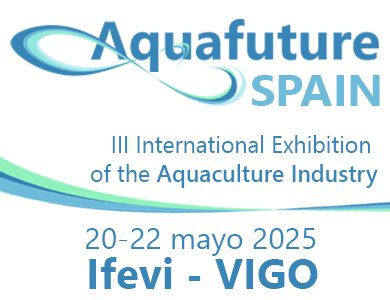UK.- Conservation of dwindling fish stocks is being severely hampered by poor controls on global trade, according to research published today in Scientific Reports.
The study carried out by the Ecosystems and Environment Research Centre at the University of Salford looked at global production and trade statistics of the popular ‘snapper’ fishes and uncovered wide inconsistencies in records meant that the officially reported snapper trade may be underestimated by more than 70%.
Major discrepancies were found between imports reported by the USA, the world’s largest consumer of snapper, and exports declared by its chief suppliers – Mexico, Panama and Brazil.
New Zealand reports hefty snapper exports but the study suggests that the traded fish is actually silver seabream – local referred to as ‘snapper’, but belonging to a different fish family. Consequently, global snapper exports are inflated by almost 30%. The discrepancies, they suggest, are likely to happen for other valuable and exploited fish that do not have detailed trade codes, such as groupers, croakers and the orange roughy.
“Without the ability to accurately track fish species in trade, or to link provenance with consumption, vulnerable stocks of snapper and other fish may be overexploited instead of protected,” said Stefano Mariani, professor of conservation genetics.
“Equally problematic is that rare species are being traded under the radar, with consumers being sold a different product to the name on the label, both in shops and restaurants.
“Worryingly, the current flaws in trade regulations even allow “bovine” as a label, allowing firms to illegally trade wildebeest, buffalos, bison, gazelles, springboks etc, unnoticed.”
Part of the problem, the team concluded, is that the global trade classification system treats fish with a broad brush description, allowing heavily-exploited species to be lumped under generic trade codes.
“The snapper family comprises more than 100 species; highly variable in number, distribution, value and vulnerability to overfishing. Yet, these species largely lose their identities once they are hauled from the water and shipped to foreign destinations,” said lead researcher, Dr Donna- Mareè Cawthorn.
Cawthorn used “mirror statistics”, comparing export and import statistics drawn from customs databases for every country trading in snappers, and cross-checking the data against official snapper trade reported to the Food and Agriculture Organisation (FAO).
“The total global imports of a commodity should be equal to the global exports, whenever you spot mismatches, it means that there is some country that is not reporting either some import or some export, or both,” she said, adding that unreported trade could potentially involve illegally-caught produce.
Snappers are one of the USA’s most prized seafoods, with fresh fillets potentially fetching upward of $75 per kilo. The red snapper is currently at the centre of a battle between the Trump administration and conservationists who say recreational fishing is endangering the species.
Reference (open):
Donna-Mareè Cawthorn & Stefano Mariani. 2017. Global trade statistics lack granularity to inform traceability and management of diverse and high-value fishes. Scientific Reports 7, Article number: 12852. DOI: 10.1038/s41598-017-12301-x
https://www.nature.com/articles/s41598-017-12301-x
Source: University of Salford

